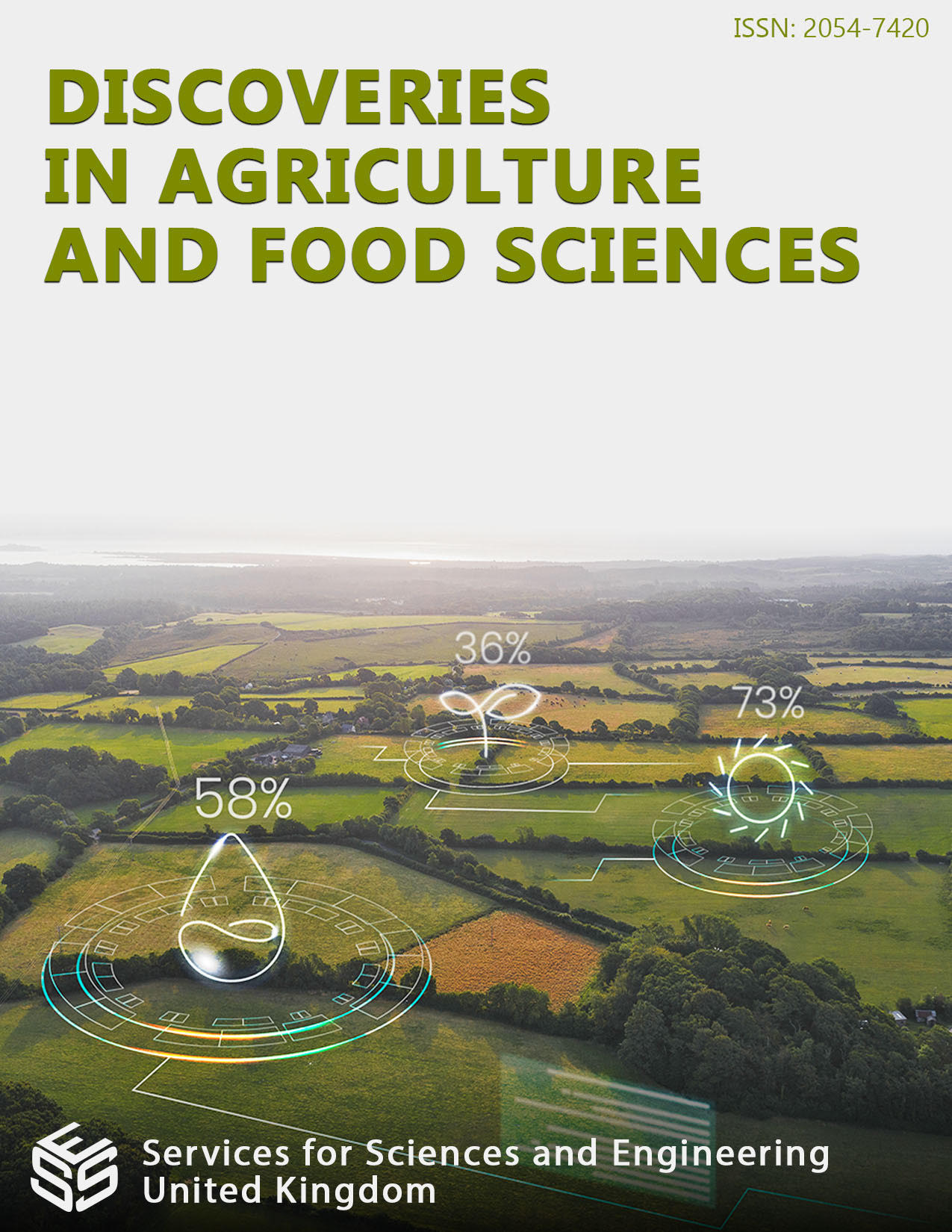Screening Nos-bar gene of Transgenic Rice Callus (Oryza Sativa L.) Containing Antihypertensive Gene Encoding Gg-7pAH
DOI:
https://doi.org/10.14738/tnc.113.14830Keywords:
recombinant Gg-7pAH, transformation, heptapeptide, hypertension, A.tumefaciensAbstract
Peptides derived from food protein have the potential to become antihypertensive agents with relatively few adverse side effects. The Gg-7pAH gene encoding antihypertensive is a gene containing the Cys-Met-Try-Leu-Ala-Ser-Gly (CMYLASG) heptapeptide, angiotensin-converting enzyme (ACE) inhibitor peptide from Melinjo (Gnetum gnemon L) seeds. This study aimed to investigate the expression of the tandem repeat heptapeptide (10x peptides, Gg7-pAH) and Nos-bar genes through callus resistance to phosphinothricin (PPT) in 4 different phases of callus: co-cultivation, elimination, screening, and regeneration. The Gg7-pAH gene was constructed in the pGreen II 0229 vector containing the Nos-bar gene and Gg7-pAH gene under the control of the Glu4 promoter and transformed into rice callus using an Agrobacterium tumefacient vector. PPT was used in the screening at precise concentrations of 0, 20, 50, and 100 ppm. The screening efficiency was then evaluated by calculating the putative callus. As a result, 37 putative callus were developed with a concentration of 0 ppm PPT, 36 putative callus with a concentration of 20 ppm PPT, and none at 50 and 100 ppm PPT. The Gg-7pAH gene was identified by PCR analysis in putatively transgenic rice callus. According to PCR data, a positive callus with an antihypertensive gene insertion was detected at four phases: media, co-cultivation, elimination, screening, and regeneration. These findings suggest that the recombinant Gg-7pAH gene, which is transformed into rice plants to produce rice plants that can treat hypertension, has some potential.
Downloads
Published
How to Cite
Issue
Section
License
Copyright (c) 2023 Ridho Rizkiantoro, Tri Agus Siswoyo

This work is licensed under a Creative Commons Attribution 4.0 International License.






